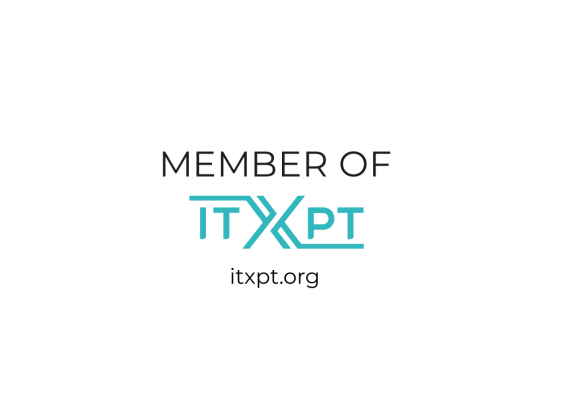To enable public transport authorities and operators to share experiences from implementing ITxPT, and to exchange ideas, ITxPT initiated the implementation workshops. The first session discussed De Lijn’s planned ITxPT implementation. De Lijn is the Flemish internal operator, in a region with 6,6 million habitants, and operates about 2500 buses and 400 trams.
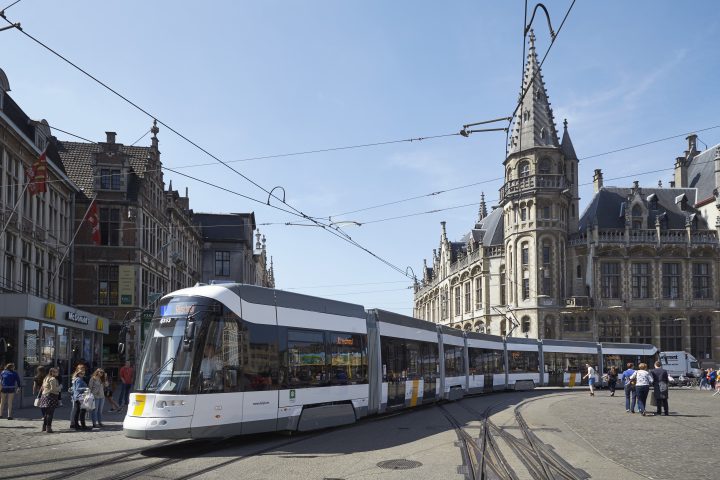
Digitalizing the fleet
De Lijn is updating its fleet to electric vehicles, putting 3700 electric vehicles on the streets by 2035. In the next years, the De Lijn bus fleet will be replaced at a steady pace. This creates an opportunity to implement new mobility IT architecture.
“We didn’t want to reinvent the wheel. So we asked ourselves: who has already figured out an IT architecture for vehicles, who has already solved the vehicle IT challenges we face? Very rapidly, we concluded that we need to take ITxPT as a basis for IT implementations on our vehicles.”, says Rudi Willems, project Manager for the De Lijn ITxPT implementation project.
Customer service
De Lijn aims for improved customer service and satisfaction thanks to better control over data, better punctuality, connectivity, and traffic information. They also expect improved onboard security and comfort, thanks to the enhanced use of cameras and passenger counting.

Customer service
De Lijn aims for improved customer service and satisfaction thanks to better control over data, better punctuality, connectivity, and traffic information. They also expect improved onboard security and comfort, thanks to enhanced use of cameras and passenger counting.
Data access and ownership
Access to data in a standardized format will enable better collaboration with other organizations in areas like real-time data, MaaS, and Mobility on Demand. It also enables preventive and predictive maintenance, which requires continuously available real-time information. De Lijn aims for a more efficient internal organization with analytics, machine learning, and automation that will support the growth and innovation of new products and services.
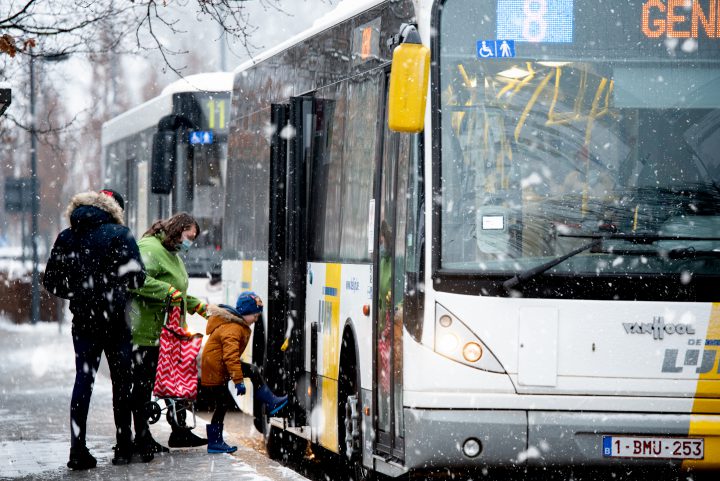
The situation today
A major goal of the ITxPT implementation is an integrated and cost-effective IT environment. With imperfect communication between the onboard systems, separate connectivity and GPS and deficiencies in interoperability the current solution demands heavy resources to keep it alive.
Backbone first implementation
De Lijn presented their plan of a gradual implementation, starting with a backbone of an onboard computer, interfaces and cabling for all equipment, connectivity, GPS, and a driver console. Later, modules will be added gradually to evolve into an integrated and manageable system.
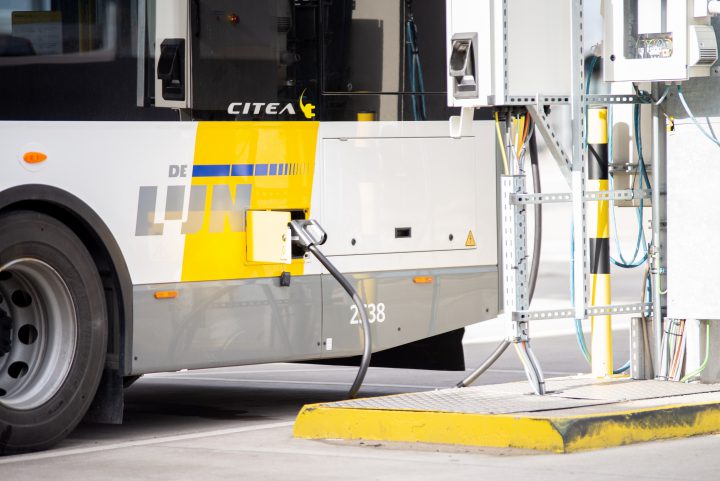
Takeaways from the workshop
Labeled vehicles
De Lijn was recommended to require ITxPT labelled vehicles in the tender, where the IT infrastructure, with cabling, power connectors and antennas, is in place at delivery. Here, it is important to ask for the label, since labeled units have been tested by the ITxPT lab, which guarantees compliance.
Roadmap
Another important aspect is to create a roadmap for the renewal of the system, which means the possibility to prepare the IT infrastructure for additional equipment down the road.
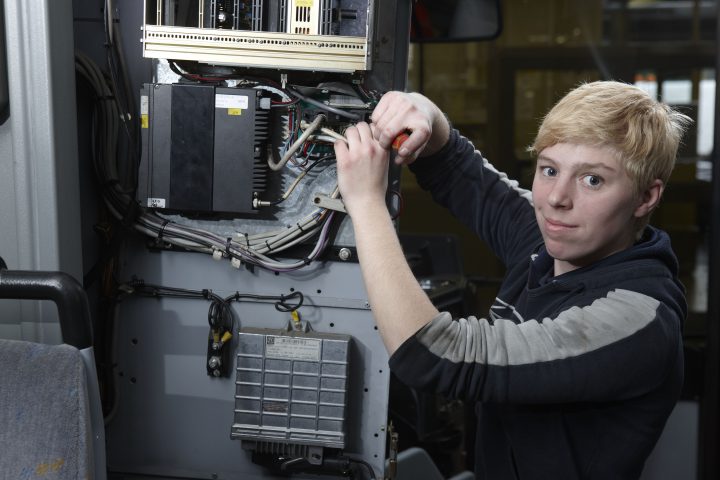
Challenges
- Exchanging core components in full operation with the risk of disturbing connected systems.
- Legacy – maintaining compatibility backwards, forwards, and with custom-made solutions.
- Multiple vehicle types – doing multiple transitions on vehicles of different types and versions.
- Integration – with many different systems, including the vehicle itself.
- Ownership – multiple internal stakeholders bring multiple requirements. Therefore, it is important to work together and to get the vehicles to work as one system, realizing the customer value chains.

